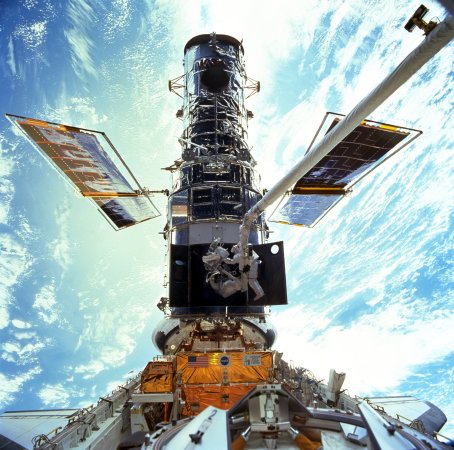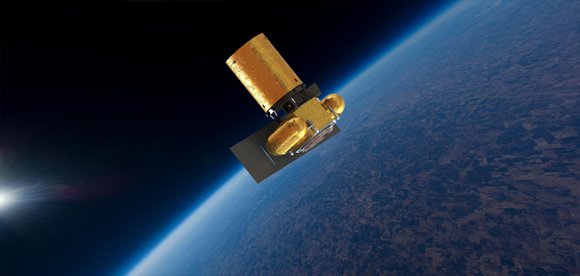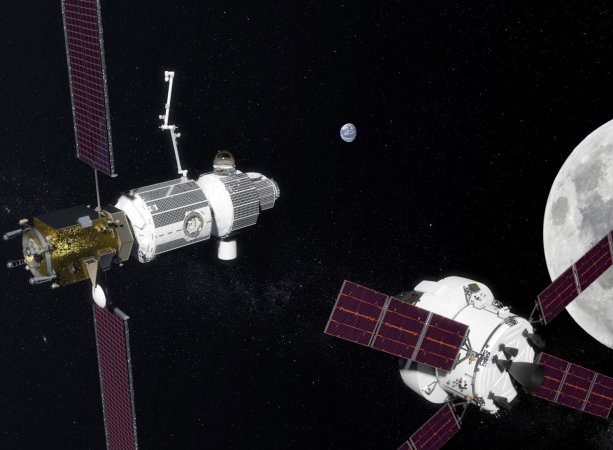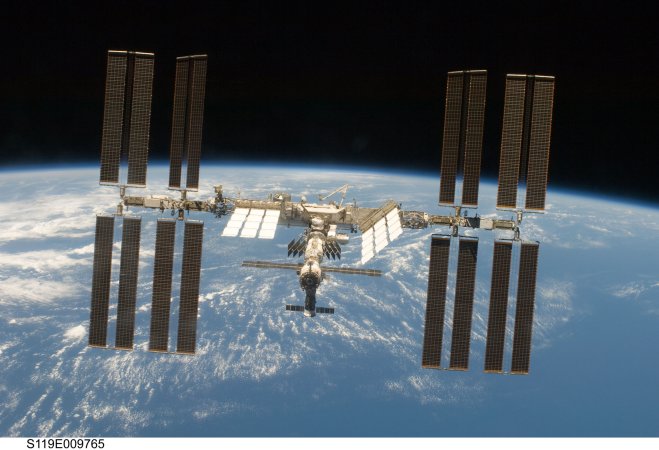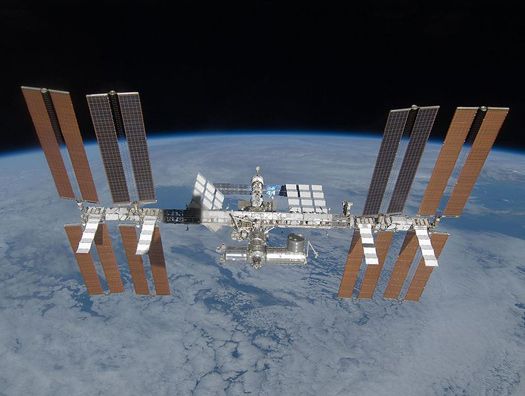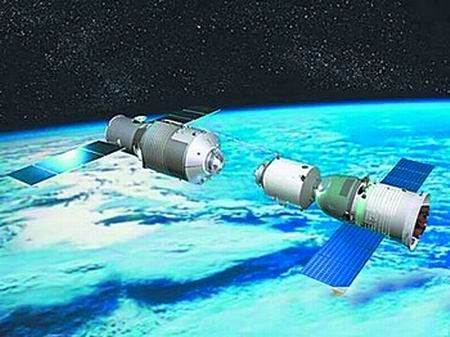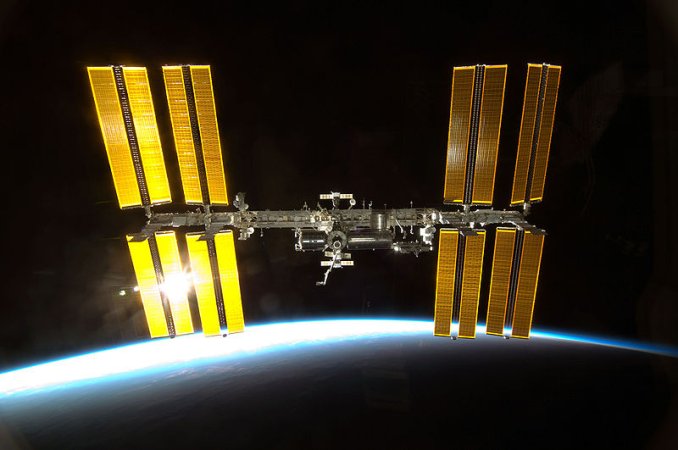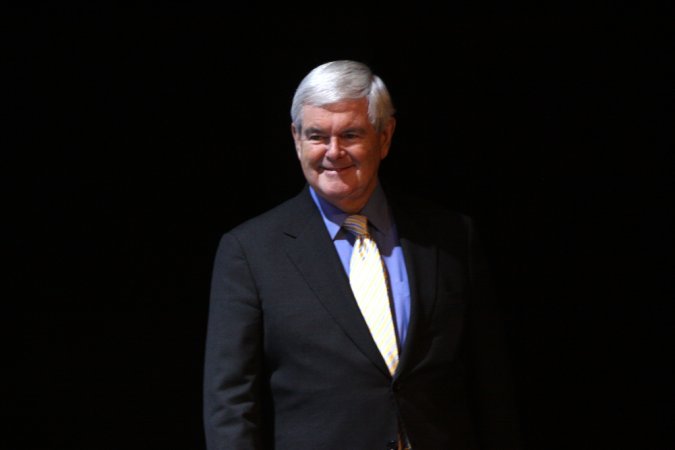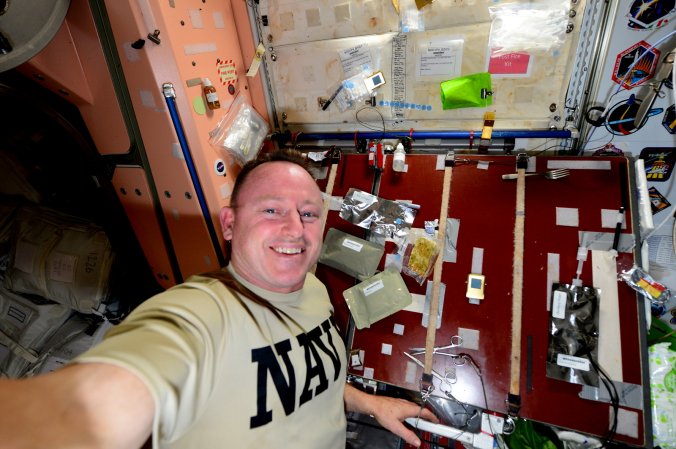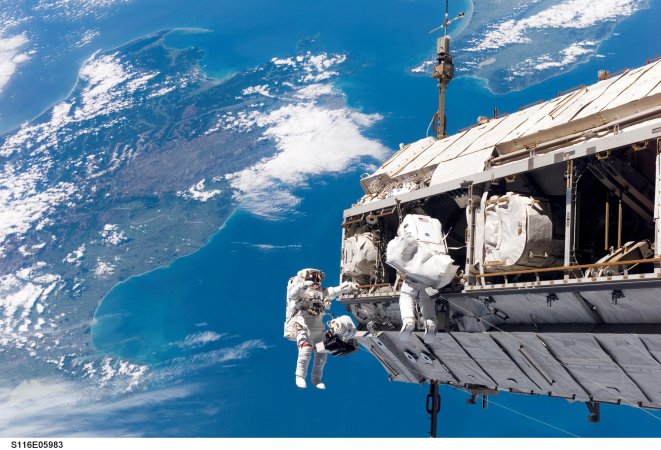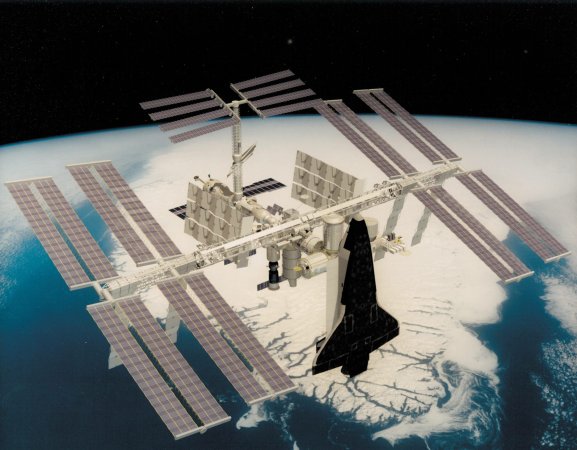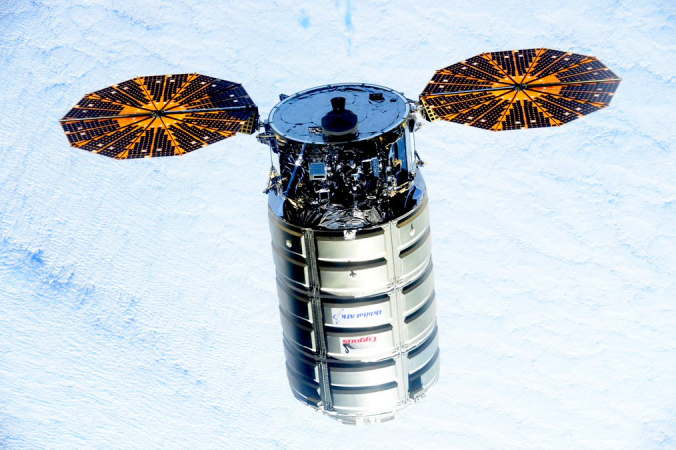


It’s a logical question. After all, it would be handy if every time the Hubble Space Telescope went on the fritz, an astronaut could reach out the window of the space station and give it a whack. Unfortunately, not only is that setup nearly impossible, being docked to the ISS would impair Hubble’s performance.
Hubble’s orbit is 350 miles above Earth and set at a 28.5-degree angle relative to the equator. Just bringing the scope to the ISS’s 52-degree orientation would require a tremendous amount of rocket power, but getting it to the station’s orbit 150 miles below would kill it. The descent would generate enough atmospheric drag to damage the scope’s solar panels. Worse, the space around the ISS is full of gases, liquids and other debris jettisoned from the station that could gum up Hubble’s optics.
Assuming that it could survive the trip, attaching it to the station would make it almost unusable, says chief Hubble engineer John Grunsfeld. It captures such highly detailed images because it’s free from any disturbances, atmospheric or otherwise. It’s designed to stay very, very still. “Once its camera locks onto an object, it’s unflinchable,” Grunsfeld says. The vibrations of gear on the ISS would make such observations impossible.
For now, Hubble will stay right where it is. As Space Telescope Science Institute news director Ray Villard puts it, “they just weren’t made for each other.”
Have a science question you’ve always wondered about? Send a tweet to @PopSciFYIGuy or email to fyi@popsci.com


